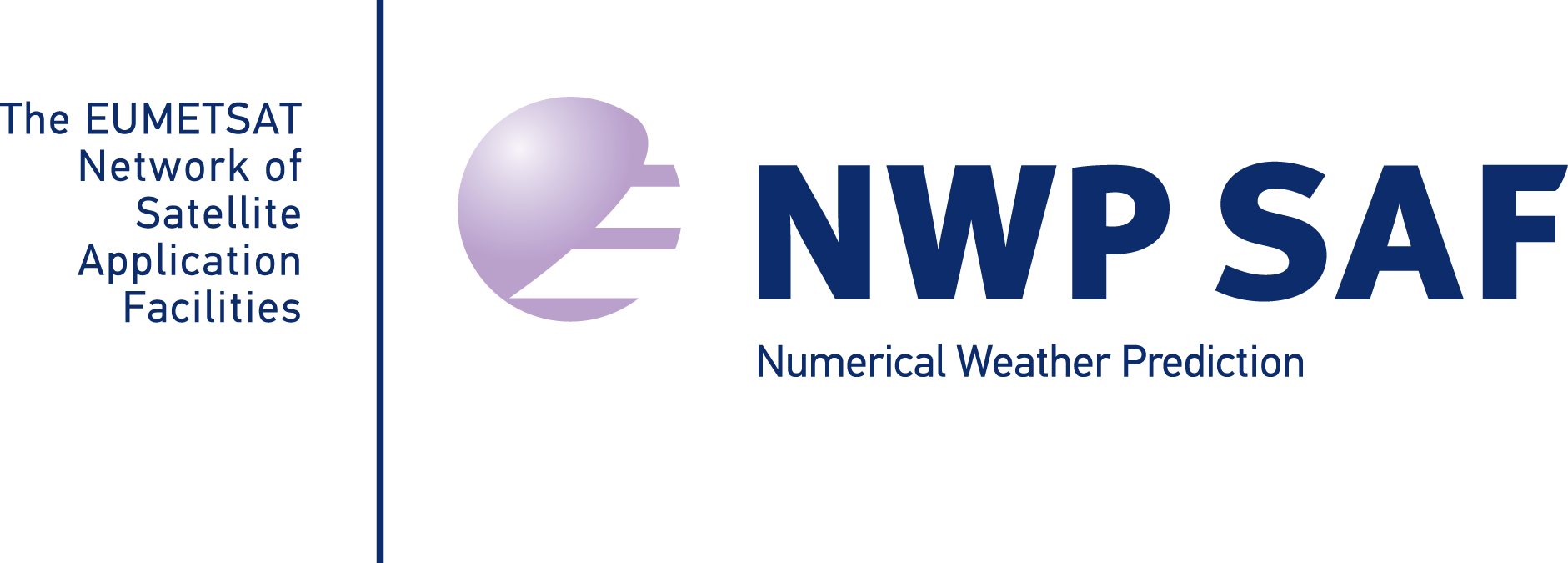 |
METEOROLOGICAL DATA MONITORING
|
 |
|
 |
METEOROLOGICAL DATA MONITORING
|
 |
|
| CONTEXT
All observations which are assimilated by a numerical weather prediction are controlled on the basis of statistics relating to the difference between the observation and the model. Thus, each observations available and useful for ARPEGE model is compared with a six hours range forecast (first-guess) interpolated at the point of observation and for the same validity date. Observations whose statistics deviate notably from the average behavior of the other observations compared to the first-guess are regarded as suspect. |
CONTENT
METEO-FRANCE produces monitoring statistics on the
quality of observations received at Toulouse and which are assimilated
by ARPEGE model.
|